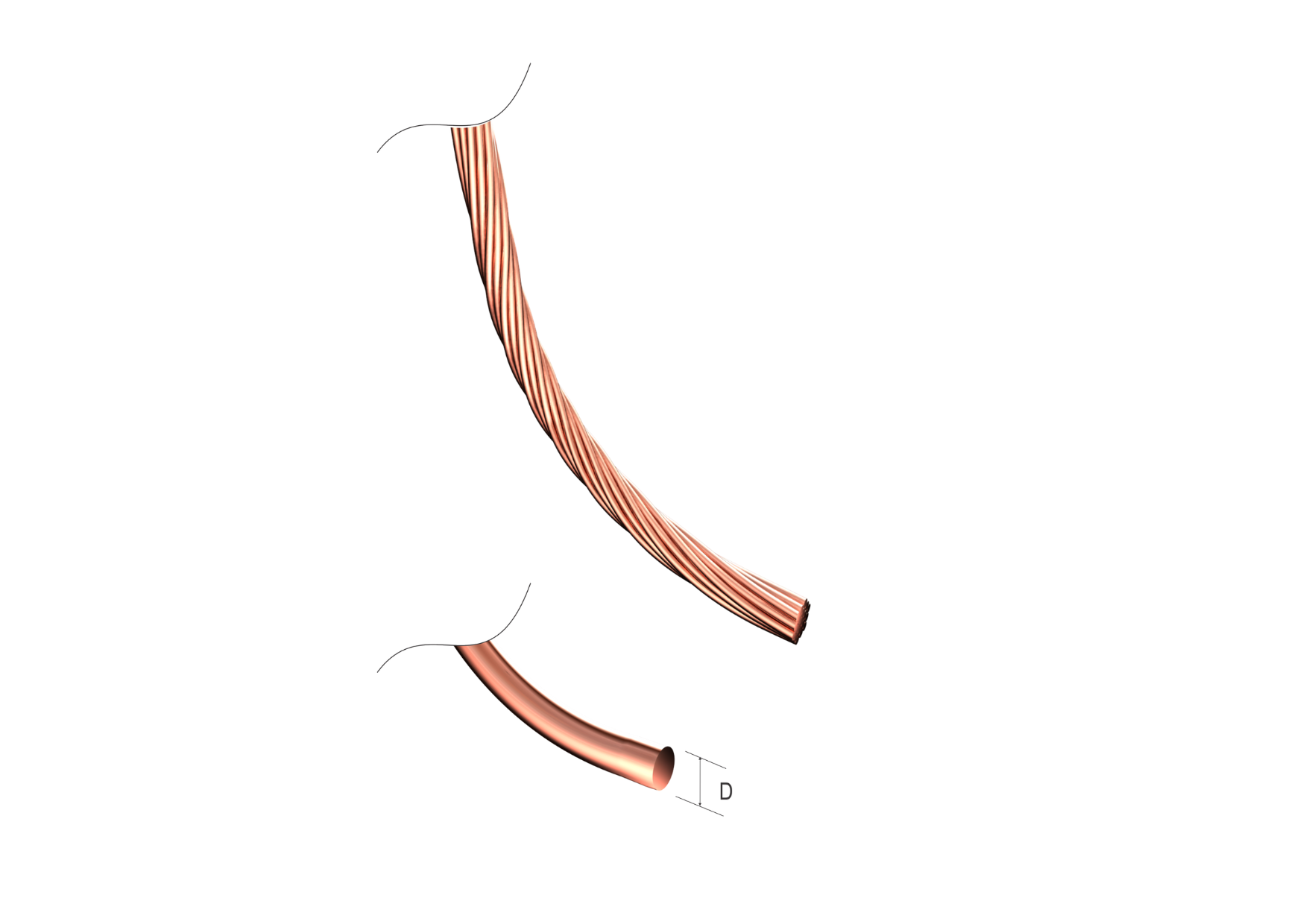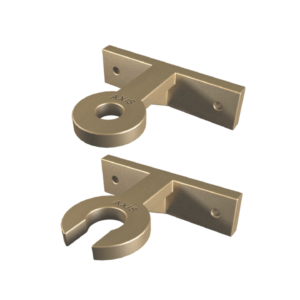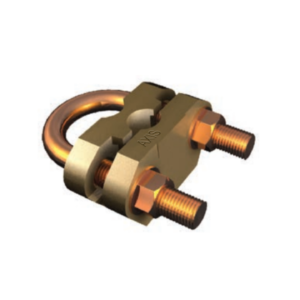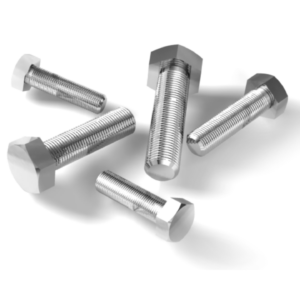Description
Stranded Copper Conductor is made by twisting together several thin wires, rather than using a single solid wire. This construction enhances flexibility, allowing the cable to bend easily without breaking, making it ideal for applications where the wire must move or flex frequently. The multiple strands within the conductor also provide a larger surface area for electrical contact, improving conductivity and reducing resistance compared to solid conductors of the same gauge. Stranded Copper Conductor is commonly used in portable cables, flexible connections, and other applications requiring durability and adaptability.
Advantages
- Increased Flexibility: Stranded wires, composed of multiple thin wires, offer superior flexibility compared to solid wires. This trait allows for easier installation in tight spaces and complex routings.
- Enhanced Durability: They are less prone to breaking under flexing and vibration, making them ideal for dynamic applications where the wire is frequently moved or bent.
- Improved Conductivity: The stranded design can potentially offer greater current-carrying capacity due to the skin effect, where alternating current (AC) tends to flow near the surface of the conductor. More strands mean a larger surface area, enhancing the conductor’s ability to carry current.
- Better Heat Dissipation: The gaps between strands in a stranded wire facilitate better air circulation, allowing for more efficient heat dissipation. This feature is beneficial in reducing the risk of overheating in electrical circuits.
- Reduced Corrosion Risk: While solid wires can be more susceptible to corrosion, stranded wires can be treated (e.g., tinning) to mitigate this issue, prolonging their lifespan and reliability.
- Easier to Terminate: Stranded wires can be easier to work with when attaching connectors or making terminations, as they can be more easily twisted and manipulated without breaking.
- Flex-Fatigue Resistance: They demonstrate a higher resistance to fatigue caused by repetitive movement or bending, reducing the likelihood of failure in applications such as moving machinery or electronic devices that are frequently opened and closed.
Applications of Stranded Copper Conductor
Stranded Copper Conductor are made by twisting together several smaller wires, which enhances their flexibility and durability compared to solid conductors. This construction method is particularly beneficial in applications where the wire might experience frequent movements or bending, as it better withstands metal fatigue by distributing the stress across multiple strands rather than concentrating it on a single point. Moreover, stranded conductors offer a larger surface area compared to their solid counterparts, making them more effective in electrical conductivity. They are widely utilized in various settings, including automotive wiring systems, where they cater to the need for flexibility and resistance to vibration, and in electronic devices and appliances, which often require wiring that can handle movement and bending without failure. The inherent properties of stranded conductors, such as increased flexibility and reduced susceptibility to breakage from flexing, make them an ideal choice for dynamic applications and environments subject to physical stress.








